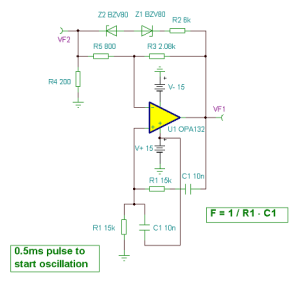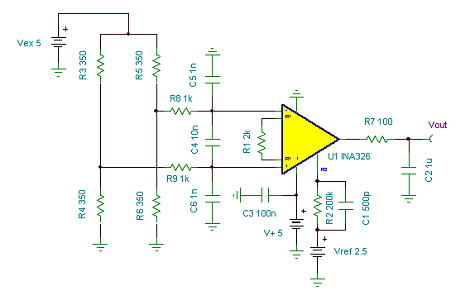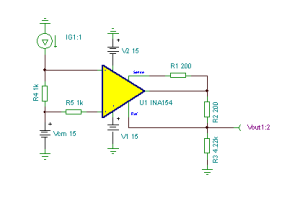1kHz 2nd-Order Bessel High-Pass Filter
This filter was designed using TI’s “FilterPro” software. The cutoff frequency and gain can be changed by editing this circuit with new RC values determined by FilterPro. This filter topology is inherently a phase inverting configuration. For a non- inverting low- pass filter use a Sallen- Key type. As shown, this filter is designed for use on a single power supply. For bipolar supplies, Voffset is not needed. Large value resistors– typical in low frequency filters– require a CMOS or JFET input op amp to minimize offset voltage errors. (Circuit is created by Neil P. Albaugh TI-Tucson)
1kHz 2nd-Order Bessel High-Pass Filter circuit:
Online Simulation of the “1kHz 2nd-Order Bessel High-Pass Filter” Circuit
The great feature of the TINA circuit simulator that you can analyze this circuit immediately with TINACloud the online version of TINA. Of course you can also run this circuit in the off-line version of TINA.
Click here to invoke TINACloud and analyze the circuit, or watch our tutorial video!
You can send this link to any TINACloud customers and they can immediatelly load it by a single click and then run using TINACloud.
Michael Koltai
www.tina.com





